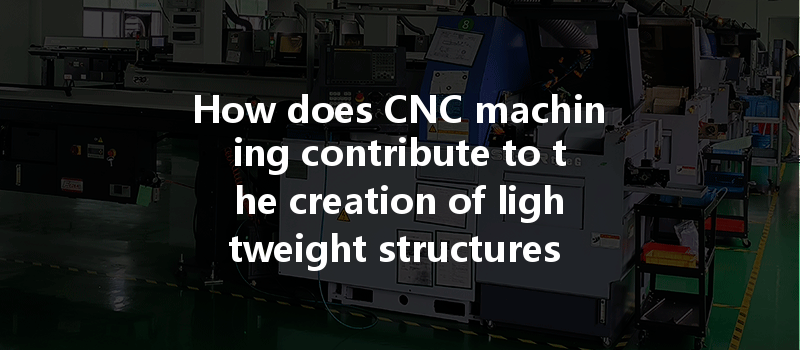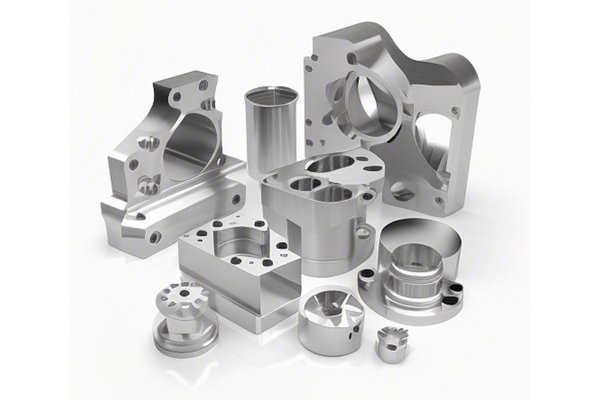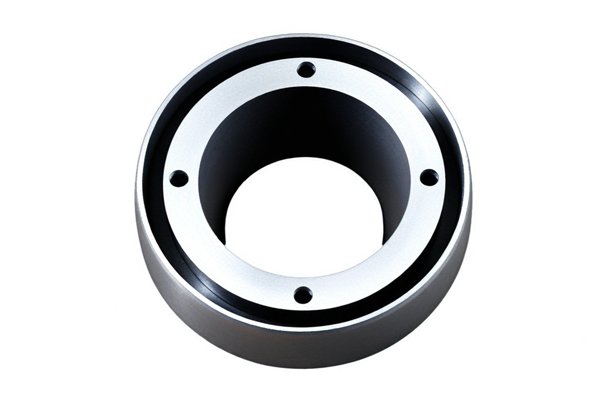:
Did you know that aerospace engineering is one of the most demanding fields in manufacturing, with an emphasis on reducing weight while maintaining structural integrity? In fact, according to a study by the National Aeronautics and Space Administration (NASA), a reduction of just 10% in aircraft weight can lead to a 5-7% improvement in fuel efficiency. As concerns over sustainability and rising fuel costs grow, understanding the role of advanced manufacturing techniques like CNC (Computer Numerical Control) machining in developing lightweight structures becomes vital.
CNC machining plays a crucial role in the aerospace industry, offering a combination of precision, efficiency, and the ability to work with lightweight materials. In this blog, we will explore how CNC machining supports the development of lightweight structures in aerospace, covering the technology’s principles, its applications, the materials involved, and best practices to achieve optimized outcomes.
CNC machining is an automated manufacturing process that uses computer software to control the movement of machinery. This technology allows for the precise cutting, shaping, and finishing of complex parts that meet stringent aerospace design and performance standards.
1.1 The Basics of CNC Machining
CNC machines can be used for various tasks, such as milling, turning, drilling, and grinding. Unlike manual machines operated by human hands, CNC machines operate on pre-programmed software, allowing for consistent quality and high production rates.
1.2 Importance in Aerospace Manufacturing
In aerospace, the ability to produce lightweight yet strong components is essential for improving aircraft performance and fuel efficiency. CNC machining provides the accuracy and repeatability needed to create components that meet these demanding criteria.
Weight reduction in aerospace designs is not merely about engineering; it’s fundamentally linked to operational efficiency, safety, and environmental impact.
2.1 Regulatory Standards and Practical Needs
The aerospace industry is heavily regulated, with authorities like the FAA and EASA establishing rigorous weight standards for aircraft components. Reducing weight contributes to improved handling, reduced fuel consumption, and lower emissions.
2.2 The Economic Impact
Fuel is one of the largest operational costs in aviation. By investing in lightweight materials and manufacturing processes, airlines can save millions of dollars annually.
The journey toward creating lightweight aerospace structures begins with material selection. Let’s examine common materials found in aerospace applications.
3.1 Aluminum Alloys
Aluminum is favored in aerospace construction due to its low density and high strength-to-weight ratio. Alloys like 2024 and 7075 are particularly popular, offering excellent machinability when processed with CNC technology.
3.2 Titanium Alloys
Titanium, while heavier than aluminum, possesses exceptional strength and corrosion resistance, making it integral to Aerospace components exposed to extreme conditions.
3.3 Composites
Carbon fiber-reinforced polymers (CFRP) and glass fiber-reinforced polymers (GFRP) have revolutionized aerospace design. These composite materials offer unmatched strength-to-weight ratios and can be precisely fabricated using CNC techniques.
Understanding the CNC machining process itself is crucial for aerospace manufacturers.
4.1 Designing for CNC Machining
Before machining begins, engineers develop CAD (Computer-Aided Design) models that will guide the CNC machine. These designs must consider the limitations of the materials and the specific machining capabilities.
4.2 Tooling and Setup
Selecting the right tooling is crucial. It involves picking the right type of cutter, selecting speeds and feeds, and setting up the workpiece on the machine correctly. Proper setup minimizes errors and material waste.
4.3 Machining Process
During machining, the CNC machine follows the programmed instructions to shape the material precisely. Various techniques—milling, turning, or laser cutting—can be employed.
4.4 Post-Processing

Often, components require additional finishing processes, such as anodizing, to enhance surface durability and aesthetics.
Achieving optimal outcomes with CNC machining entails adhering to industry best practices.
5.1 Invest in Training
Operators should undergo regular training to understand both CNC technology and aerospace materials deeply. This knowledge will ensure efficiency and reduce errors.
5.2 Continuous Monitoring
Real-time monitoring of the machining process can catch deviations early, preventing defects and ensuring adherence to design specifications.
5.3 Emphasize Workflow Optimization
Streamlining workflows—integrating design, machining, and finishing—can greatly reduce lead times while maintaining quality.
5.4 Collaborate with Material Suppliers
Building strong relationships with materials suppliers can ensure access to the latest lightweight material advancements.
Despite its advantages, CNC machining for aerospace is not without challenges.
6.1 Material Limitations
Certain lightweight materials, such as composites, can be more challenging to machine compared to metals, requiring specialized techniques and equipment.
6.2 Cost Implications
Investing in advanced CNC machinery and training can be costly, yet it’s essential for staying competitive in the high-tech aerospace sector.
6.3 Regulatory Compliance
Meeting the strict aerospace regulations and standards requires diligence at every step of the production process.
Looking ahead, the intersection of lightweight materials and CNC machining will evolve further.
7.1 Innovations in Material Science
Developments in nanomaterials and advanced composites present exciting possibilities for even lighter structures with greater strength and resilience.
7.2 Automation and Industry 4.0
Employing automation and AI in CNC machining processes will accelerate production rates and improve accuracy, reducing reliance on human intervention.
7.3 Sustainability Initiatives
The aerospace industry is also focusing on sustainability, with recycling initiatives for materials like aluminum and positioning manufacturing processes to align with environmental objectives.
In conclusion, CNC machining plays an indispensable role in creating lightweight structures in aerospace applications. By facilitating the fabrication of materials such as aluminum alloys, titanium, and advanced composites, CNC technology directly contributes to lighter, more efficient aircraft.
The journey toward lightweight structures encompasses a range of processes, from selecting the right materials to employing best practices in CNC machining and maintaining productivity amid strict regulatory requirements. As the industry continues to evolve, staying ahead through innovation and embracing the latest technologies remains critical.
As you reflect on this topic, consider how improvements in CNC machining can profoundly impact not only operational efficiency and project costs but also the environmental footprint of the aerospace industry. Embracing advanced manufacturing techniques will not only lead to technical advancements but hold the key to creating a sustainable future for aviation.
This blog invites you to think critically about the relationship between manufacturing technology and aerospace development, urging you to explore the possibilities these advancements bring to an industry that’s on the brink of transformation.



